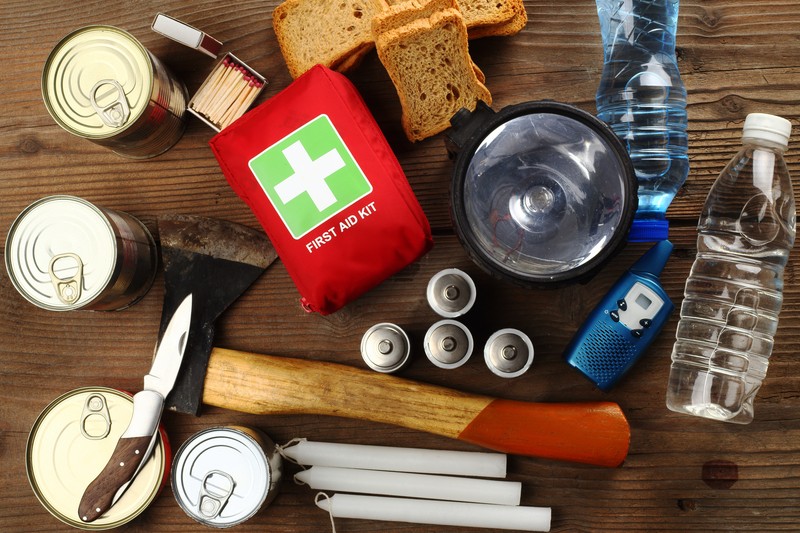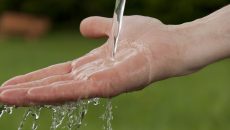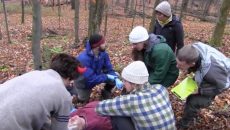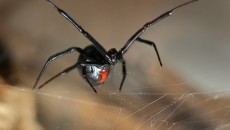The ultimate medical supply kit is a necessity if you live in a homestead. You'd be surprised to learn about some of these essentials that you otherwise wouldn't have considered adding to your first aid kit. To learn what you need to add to your medical kit, the following tips will give you all the information. Find out what you need!
If you’re a homesteader, you’ll want to be ready for any eventuality. In a remote location or austere environment, the importance of medical self-reliance can’t be overemphasized. Injuries and illness can happen anytime due to a storm, wildfire, earthquake, or other disaster.
Family Medical Kit
The availability of medical supplies may just save a life in troubled times, but without an idea of what medical items should be stockpiled, your effectiveness as an emergency caregiver may be compromised.PERSONAL PROTECTION
Don’t ignore the power of prevention. In any remote environment, you will be performing daily activities that carry risk of injury. Here are some other items that would be protective:
Gloves: I recommend nitrile gloves due to the increasing number of latex allergies reported recently.
Face Masks: These can be simple ear-loop versions or could be more advanced in the form of N95 and N100 “respirators”. These are masks that block out 95 or 100% of airborne particles larger than 0.3 microns.
Coveralls, Boots, and Headgear: In mosquito-infested areas, there are special coveralls and headgear made from netting that are lifesavers. In epidemics of infectious disease, however, hazardous material suits that cover the body, head and feet are more pertinent for the person in charge of the sick room.
A good supply of antiseptics will be important to keep your people healthy. Antiseptics are germ-killing substances that are applied to living tissue, usually skin, to reduce the possibility of infection.
I consider household bleach to be the simplest disinfectant for cleaning sick room work surfaces, but it’s too strong to apply to living tissue. Instead, consider Betadine (Povidone-Iodine solution), Chlorhexidine (Hibiclens), Alcohol , Benzelkonium Chloride (BZK), or Hydrogen Peroxide.
MINOR INJURIES
Soap and water and antiseptics: To clean out minor wounds. Antibacterial soap is not necessary, however. The FDA (Food and Drug Administration) determined that it doesn’t give additional protection against infection.
Adhesive Bandages: various sizes and shapes to protect a scratch or abrasion from getting worse.
Moleskin: Have a supply of these to deal with common blisters on areas that receive friction.
Tweezers: With a magnifying glass, these will be useful to remove splinters or other small foreign objects.
Styptic Pencil: Although most minor bleeding stops with direct pressure, a styptic pencil can be used for razor cuts and is a helpful addition to your kit. For a natural alternative, Cayenne pepper powder is reported to have similar effects on minor bleeding.
Eye wash, cups, and patches: For minor eye irritation and injuries.
Gauze packing: for nosebleeds. Dental cotton rolls and tampons are alternatives.
Burn Gel or Aloe Vera: To apply to small burns.ORTHOPEDIC INJURIES
You should have available:
Cold Packs: These are available commercially or can be made with ice. Cold packs help reduce the swelling often seen in sprains and strains, as well as provide some relief from pain.
Elastic Wraps: Elastic “Ace” wraps help stabilize an injured joint and decrease the chance of re-injury.
Slings: Commercial triangular bandages or improvised bandannas both are well suited to make a sling, these are useful to stabilize an arm or shoulder injury. The commercial versions usually come with safety pins.
Splints: Commercial “SAM” splints are flexible and can be cut or shaped to immobilize a sprain or fracture. These vary in size to fit anything from a finger bone to a thigh bone.
Heat Packs: These won’t reduce swelling much, but can be used during recovery from an injury to help relax and loosen stiff tissues. They also stimulate blood flow to injured areas.
HEMORRHAGIC WOUNDS
Gauze: Bulk non-sterile gauze (some of our kits carry bricks of 200 at a time) is valuable as a medical storage item to apply pressure to bleeding areas.
Dressings come in squares of varying sizes and shapes. Roller bandages wrap around the area, and non-stick pads of various sizes (not technically “gauze”) are good for burns and other injuries.
Although I recommend storing tampons, it is more for its traditional use than to treat gunshot injuries, which vary in size (especially exit wounds). A tampon would not always be the right size for the cavity created by the projectile; they are best used for nose bleeds combined with compression.
Specialized Pressure Dressings: It’s difficult to keep pressure on a wound with your hands without becoming tired, so special dressings like the Emergency Bandage™ (aka the “Israeli Battle Dressing”) allow you to wrap wounds that have the tendency to bleed.
Tourniquets: In circumstances where bleeding can’t be stopped with pressure alone, a tourniquet may do the job.
Blood-Clotting Powders/Dressings: Also known as “hemostatic agents”, these are effective and easy to use. Available as a powder or powder-impregnated dressings, Celox™ (the most popular brand) is made from Chitosan, a component of crustacean shells.
OPEN WOUNDS
Antiseptics and sterile gloves: As mentioned earlier in this article.
Sterile Gauze: Although non-sterile gauze is often used to stop hemorrhage, sterile dressings are best to use in open wounds as they heal.
Wound Closure: Closing a wound is risky (most wounds acquired outdoors are contaminated) but there are circumstances where it may be appropriate. Super glue is a safe method unless you happen to be allergic to the chemical (Cyanoacrylate). It is used in some underdeveloped countries without incident.
I’ll bet you can think of other useful items that you’d want to keep in that homestead medical cabinet. We haven’t discussed, for example, the medications and natural remedies you should have on hand. We’ve addressed these before on this website, though, and will update in a future article.
These useful medical items should definitely be included in your kit. When living in a homestead, you may never know when you may need immediate medical attention and this kit could save your life.
For more on this medical kit, visit Doom and Bloom.



